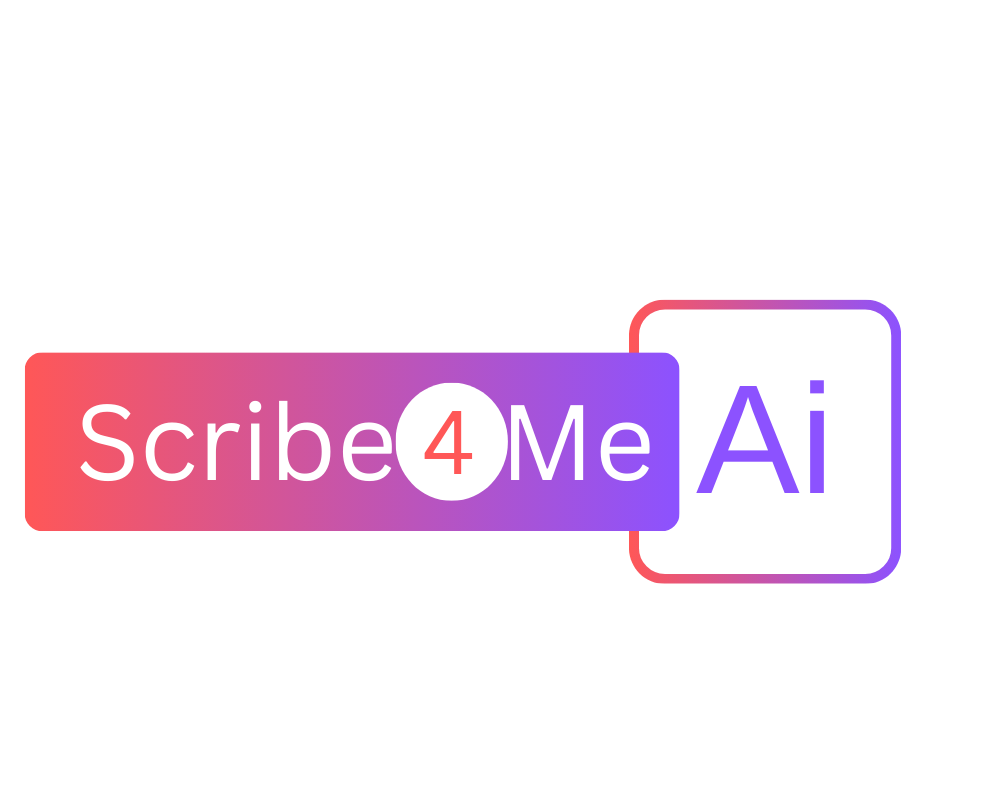

How Clinical Documentation Has Evolved For Better Efficiency And Accuracy
Clinical documentation has come a long way. What began with paper charts has now evolved into advanced digital systems, driven by technology and the need for better accuracy and efficiency. Initially, many physicians still favored handwritten notes, even as computers were already being used in other parts of their practice. However, relying on manual notes was time-consuming, prone to errors, and often left little time for direct patient care. Over time, EHRs became the norm. While EHRs offered a digital alternative to paper records, they introduced new challenges. They demanded significant time and effort from physicians, often leading to cognitive overload and burnout. This shift sparked an ongoing debate on how to balance clinical documentation accuracy with efficiency, while reducing the administrative burden on physicians.
EHRs - Progress And Pain Points
EHRs have brought undeniable benefits. They’ve provided quick access to patient information, enhanced care coordination, and supported better clinical decision-making. However, for many physicians, EHRs have added significant administrative burdens, shifting their focus from patient care to data entry. Physicians often report that navigating complex EHR systems, ensuring compliance with documentation standards, and spending too much time looking up for patient information significantly contribute to their stress and burnout. A 2022 Medscape survey found that in high-demand specialties like family medicine, internal medicine and emergency care, these issues are particularly pronounced. Similarly, research from the AMA showed that 60% of physicians believe EHRs have a negative effect on their job satisfaction.
The Next Generation Of EHRs
Despite their promise, EHR systems are still evolving. Interoperability between different platforms remains a challenge, and switching systems can lead to data loss or miscommunication, posing risks to both safety and efficiency. Moreover, the steep learning curve and initial inefficiencies can often cause increased stress and frustration among staff. Yet, there is hope. Future version should be designed to enhance physician experience and maximize time spent with patients. AI, automation, and advanced analytics should be integrated into the EHRs so that physicians don’t have to search for important details but get the right information at the right time, helping them make better decisions faster. Future EHRs should also support patient-centered care through personalized data and predictive analytics to enable more tailored treatment plans, leading to better treatment outcomes and fewer hospital readmissions.
Global Examples Of EHR Innovation
As the U.S. improves its EHR systems, it can learn from how other countries have done it successfully. Denmark’s national EHR platform emphasizes usability and care coordination, leading to a significant reduction in hospital readmissions. Studies show that that 80% of patients feel more informed and involved in their healthcare decisions. Canada uses a system where each province has its own EHR program to improve patient care. Over 80% of patients say it helps them communicate better with physicians and effectively self-manage chronic conditions. In Alberta province, improving data sharing in EHRs has reduced medication errors by 50% and cut unnecessary costs from duplicate tests by 5%. These examples show how well-designed EHRs can put both physicians and patients at the center of care.
How AI Scribes Can Help
AI-powered scribes are transforming how physicians interact with EHRs, offering a perfect solution to the challenges they face. Instead of spending hours documenting every encounter, physicians can focus on their patients while an AI scribe captures and transcribes accurate notes in real time, directly into your EHRs. Scribe4Me AI is an advanced AI scribe that seamlessly integrates with any EHR of your choice, automatically inputting notes into the relevant fields to ensure smooth and efficient documentation. This allows physicians to prioritize patient care and reduce the time spent on documentation. Hence, as EHRS continue to advance, AI scribes will play an important role in improving workflow efficiency, preventing physician burnout, and enhancing the overall patient experience.
Concluding Thoughts
Healthcare leaders must prioritize innovation in EHR systems to meet the needs of both physicians and patients. Developing EHR systems that are more intuitive and efficient, with AI-powered scribes seamlessly integrated will significantly reduce administrative burdens, improve workflow and enhance high-quality, personalized care. By embracing these technologies the healthcare industry can strike the right balance between accuracy and efficiency. The ultimate goal is clear. Less time on screens, more time with patients, and a healthcare system that works better for everyone.
If you’re looking to streamline your documentation workflow and spend more time caring for patients, you’ve come to the right place. Hire Scribe4Me AI that seamlessly integrates with all major EHR systems, reducing administrative burdens and giving you more time to focus on what matters most - your patients. Start a free trial today to see if we are the right fit for your practice!


